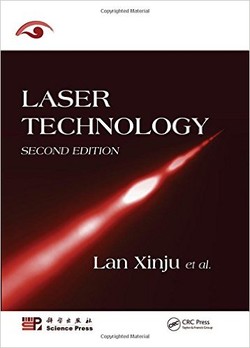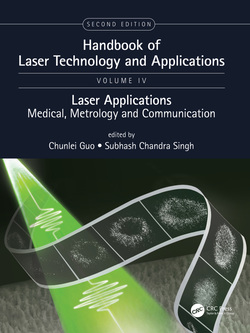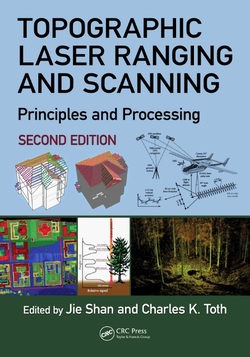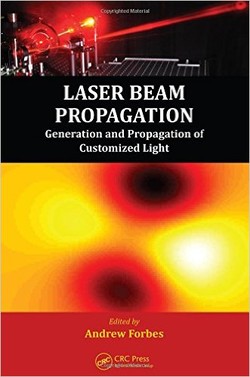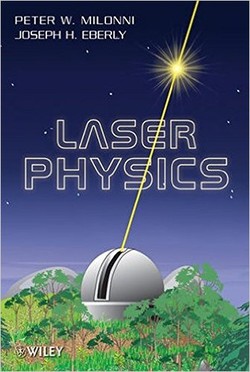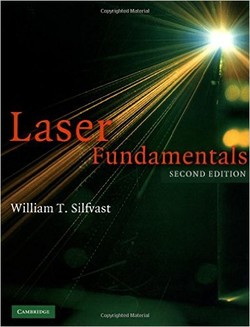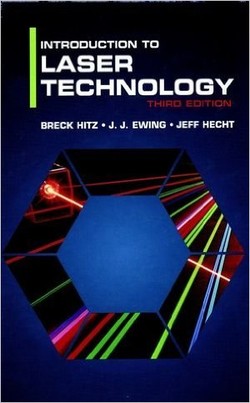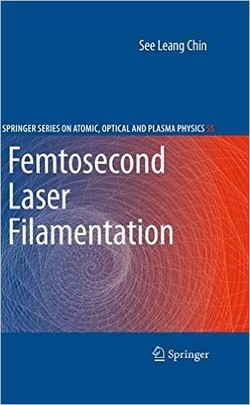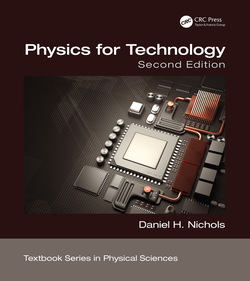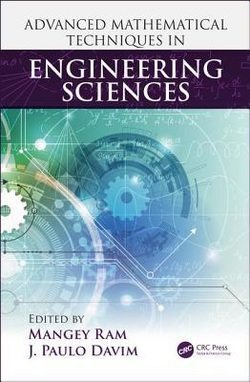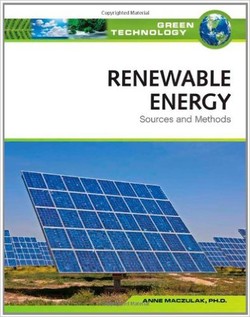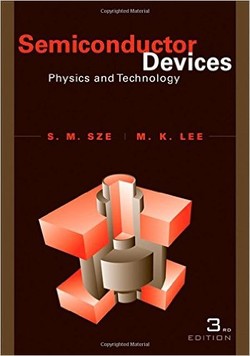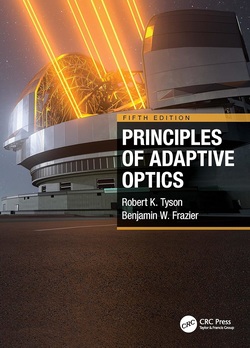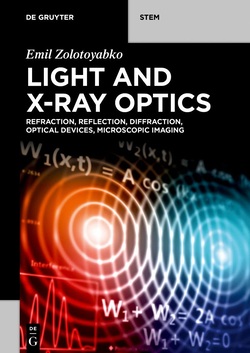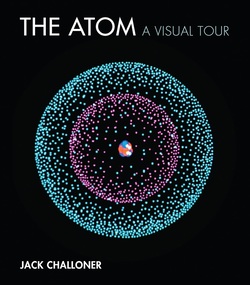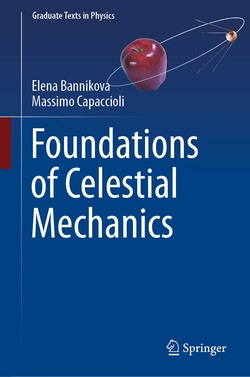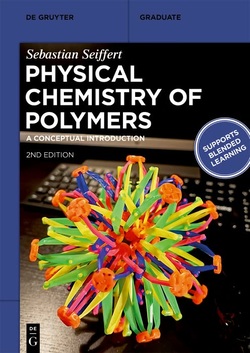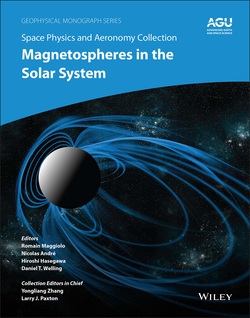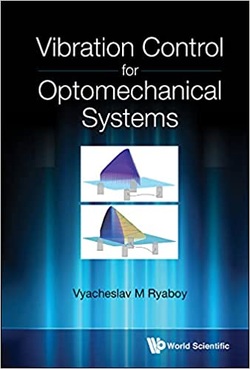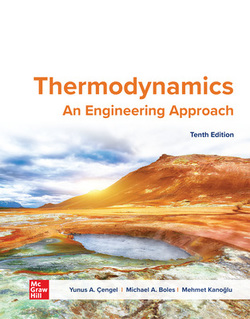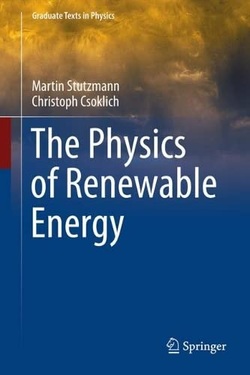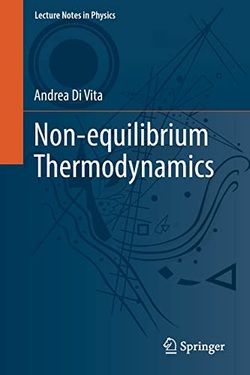درحالیکه تکنولوژیهای متفات لیزر به امکانپذیر ساختن تغییر پارامترهای لیزر و بهبود کیفیت پرتو و عملکرد آن ادامه میدهند، دانش نظری و درک چندرشتهای از توسعههای مربوط به فنآوریهای برش لبه نیز بهطور روزافزونی اهمیت مییابند.
این نسخه از کتاب تکنولوژی لیزر که اصلاح و بهروزرسانی چاپ اول این کتاب میباشد، به بررسی اصول و قوانین فیزیکی اساسی لیزر مورد نیاز برای یادگیری از تحولات گذشته و حل بسیاری از مشکلات فنی تا مشکلات امروزی در این حوزه چالشبرانگیز، میپردازد.
اولین نسخه از کتاب تکنولوژی لیزر توسط کمیته آموزش ملی چین بهعنوان یک کتاب درسی در سطح ملی طبقهبندی شده است. نسخه دوم این کتاب به ارائه انواع متفاوت فنآوری لیزر که درحالحاضر در دسترس میباشند پرداخته و در رابطه با انتقال اطلاعات از طریق موجهای نوری با استفاده از فنآوری مدولاسیون، بحث مینماید.
در این کتاب مطالبی در زمینه ارتقاء انرژی پرتو و یا افزایش قدرت از طریق سوییچهای Q، مورد بحث واقع شدهاند. علاوهبراین چگونگی انتخاب حالت ثبات و فرکانس و روشهای غیرخطی نوری برای بهدست آوردن فرکانسهای جدید و امواج نوری را نشان خواهد داد.
این نسخه از کتاب تکنولوژی لیزر که اصلاح و بهروزرسانی چاپ اول این کتاب میباشد، به بررسی اصول و قوانین فیزیکی اساسی لیزر مورد نیاز برای یادگیری از تحولات گذشته و حل بسیاری از مشکلات فنی تا مشکلات امروزی در این حوزه چالشبرانگیز، میپردازد.
اولین نسخه از کتاب تکنولوژی لیزر توسط کمیته آموزش ملی چین بهعنوان یک کتاب درسی در سطح ملی طبقهبندی شده است. نسخه دوم این کتاب به ارائه انواع متفاوت فنآوری لیزر که درحالحاضر در دسترس میباشند پرداخته و در رابطه با انتقال اطلاعات از طریق موجهای نوری با استفاده از فنآوری مدولاسیون، بحث مینماید.
در این کتاب مطالبی در زمینه ارتقاء انرژی پرتو و یا افزایش قدرت از طریق سوییچهای Q، مورد بحث واقع شدهاند. علاوهبراین چگونگی انتخاب حالت ثبات و فرکانس و روشهای غیرخطی نوری برای بهدست آوردن فرکانسهای جدید و امواج نوری را نشان خواهد داد.
سال انتشار: 2010 | تعداد صفحات: 427 | حجم فایل: 7.60 مگابایت | زبان: انگلیسی
Laser Technology, Second Edition
نویسنده:
Lan Xinju
ناشر:
CRC Press
ISBN10:
142009081X
ISBN13:
9781420090819
